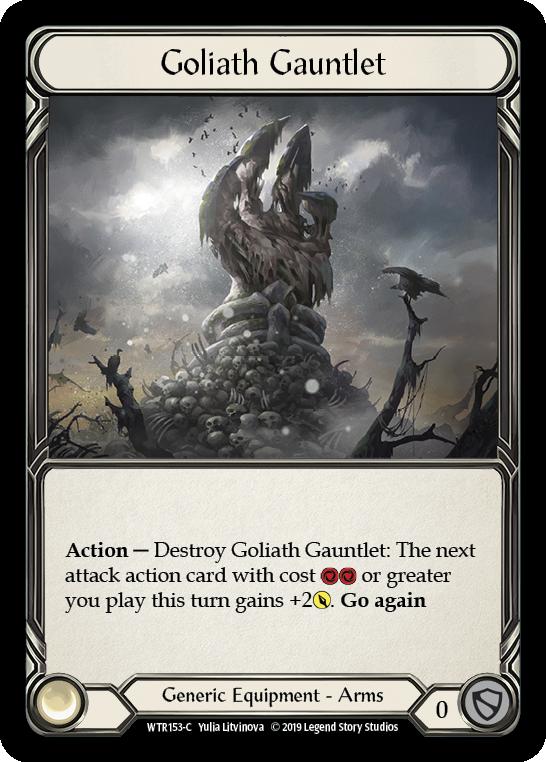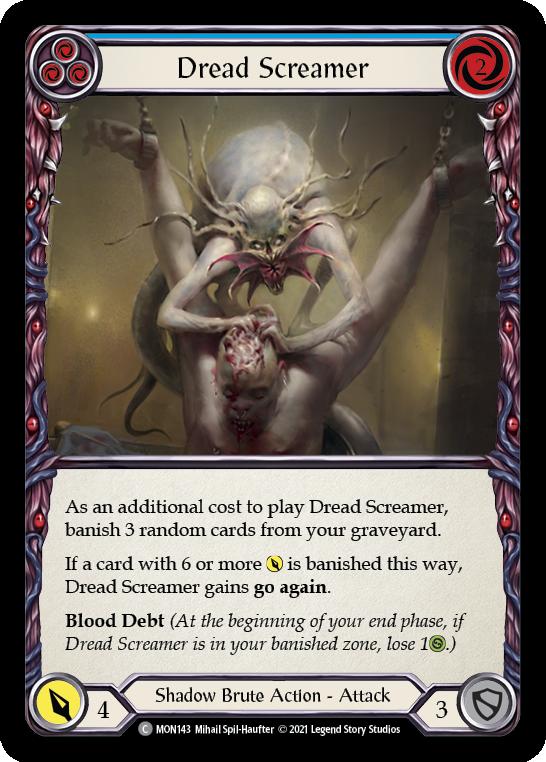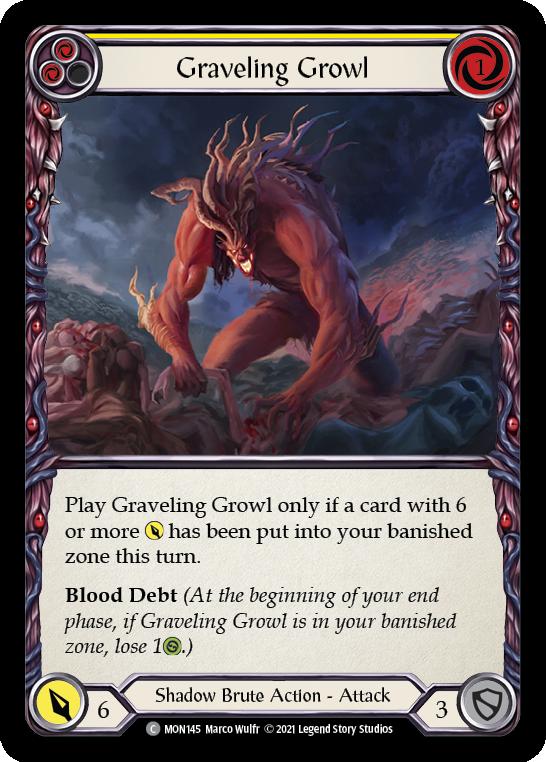Brute in Commoner – Part 3: Levia

Hello and welcome back to my series on Brute in Commoner! This week, as promised, I’m taking a look at one of my personal favorite decks in the format: Levia. So let’s get right into the list!
" The Pain Train by Daniel Yam and Jack Doherty"
To back up here, the initial genesis of this deck came from one of my favorite ways to draft Welcome to Rathe; “Small” Rhinar. The core strategy of that draft archetype is to pick up as many copies of Nimblism and Razor Reflexes as possible and to pair them up with all the excellent one-cost attacks in that set, with Savage Swing being the in-class standout amongst them. I personally loved how that style of playing Rhinar only really fully coalesced in a Limited environment, and had this extremely interesting play pattern that he would typically create of playing a big attack and then blocking a respectable amount on defense. Only in this case, I’m able to play my attack while leaving up pitch to follow up with a great attack reaction and also play into some of the ways to enable go again in that format.
With that in mind, this list was brewed up with a local Levia player and we’re both extremely proud of how it turned out overall. I’ve featured this specific list before in an earlier article about finding a deck/hero’s identity, and the point still stands, we’re both die-hard proponents of this Levia deck because it does something very unique that can only really be accomplished with her card pool. So let’s dive right into the core game plan and the specific cards that enable this strange playstyle.
I’d also like to quickly say that this is a slightly older list, and I’ve combed through the new releases to look for new additions but so far haven’t found anything that I’m fully satisfied with. That being said, I can definitely see Rally the Rearguards, Whispers of the Oracle and Sink Belows being other cards instead.
Equipment for Levia
I won’t speak too much on the typical combo of Cross Strap and Goliath Gauntlet here, since its one of those things that I feel is ubiquitous within the format and will remain so until LSS decides its ban-worthy. I will quickly touch on the fact that every piece of equipment here can be destroyed as part of using them, so they work well in generating a graveyard without committing cards from hand. Ravenous Meataxe is also surprisingly efficient here, helping both in discarding cards without actually putting us down a card overall and the potential upside of swinging for five, a fairly annoying breakpoint to block against, puts in a lot of work in the early game.
Game Plan and Play Pattern for Levia
Much like Rhinar’s primary game plan, Levia wants to beat down with extreme efficiency and speed. This is largely fueled by her suite of hugely above-rate attacks that simultaneously provides a clock on both the opponent and ourselves due to blood debt. So while Rhinar is trying to swing a single big attack, Levia is trying to leverage the synergies within the deck to play multiple attacks in a turn and putting up some extremely large numbers across the combat chain.
The main play pattern this deck tries to achieve is to play a few large attacks early on to develop a slight graveyard, and then try to chain together a few turns of go again through Dread Screamers and Razor Reflexes or setting up a large Time Skippers turn.
As you might have realized, this means that Levia always wants to go second (unless you’ve paired into a Wizard), block responsibly early on and start slowly chipping away for a few turns, either with Meataxe or a few of the banish attacks. After that when you’ve hit the point where there are around six to seven cards in your graveyard you can really start popping off. Make sure to close the combat chain after each attack so you can send those cards to the graveyard and keep fueling your attacks.
I’ll also caution you to not try and go all-in if you’re not certain of being able to kill that turn. Depleting your whole graveyard and not leaving yourself with enough for a follow-up banish attack will oftentimes lead to a swift death to the large amount of blood debt you’ve just accrued. While Levia’s hero ability is sometimes an oversight to some, its oftentimes the tightrope you’ll have to balance yourself on throughout the course of a game in ensuring you don’t just die out of nowhere.
Blood Debt and Big Attacks
While at first glance it might seem that the deck has too many cards that require the additional cost of banishing three random cards from the graveyard, it really is in its own way a self-fulfilling prophecy. Levia is already working on the back foot with even the slightest amount of blood debt active, and if you’re avoiding that altogether you’re frankly just playing a much worse version of Rhinar, so there is an active desire to capitalize on any synergies present. Tying it back to my initial inspiration from drafting WTR, Boneyard Marauder and Graveling Growl both operate on that same above-rate mentality when it comes to what the deck wants to be doing. I’ve opted for a lineup of attacks that are either six-power, have means of gaining go again, or have extra utility in being banished in the case of Ghostly Visit.
Almost all the attacks also block for three also, which is key when dealing with a hero that uses blood debt cards. This also leads to the attacks themselves being reasonable cards to block with early on, and helps in fueling the graveyard in a way that actually helps preserve life total. The Deadwood Rumblers and Wild Rides are really just there for pure rate reasons and helping to tie the deck together in the midgame, with Wild Ride especially being a great way to get go again without eating up the entire graveyard in a turn.
One of the reasons that I chose not to actually include any of the new beat chest cards is they both cost three, and I’m not interested in the Bellow due to Unworldly Bellow playing better with Ghostly Visit. Additionally, I suggested Rally the Rearguard to my friend when we first revisited the deck due to it being able to functionally convert some of the few cards that can’t block as efficiently into three-blocks while sending two cards overall into the graveyard. It’s definitely the weakest and most suspect card in this deck, and as I mentioned above, I can easily see myself replacing it the second a better option is printed.
Conclusions
Unfortunately, there’s nothing particularly spicy in terms of how the blues work with Levia, but that also speaks to her card pool and how solid it is in terms of the numbers they have. While she is certainly not a high tier hero (and it would take a lot to change for her to become competitive with the meta), she is extremely fun and unique in terms of what she is capable of within the current Commoner landscape. Much like Oldhim, Levia is a hero that I continually look at new releases to see what I could potentially add, and is one of the few decks that I have constantly built and ready to play.
Next time I’ll be rounding out the Brute series with a look at one of the new heroes in Heavy Hitters: the revamped Kayo.




























